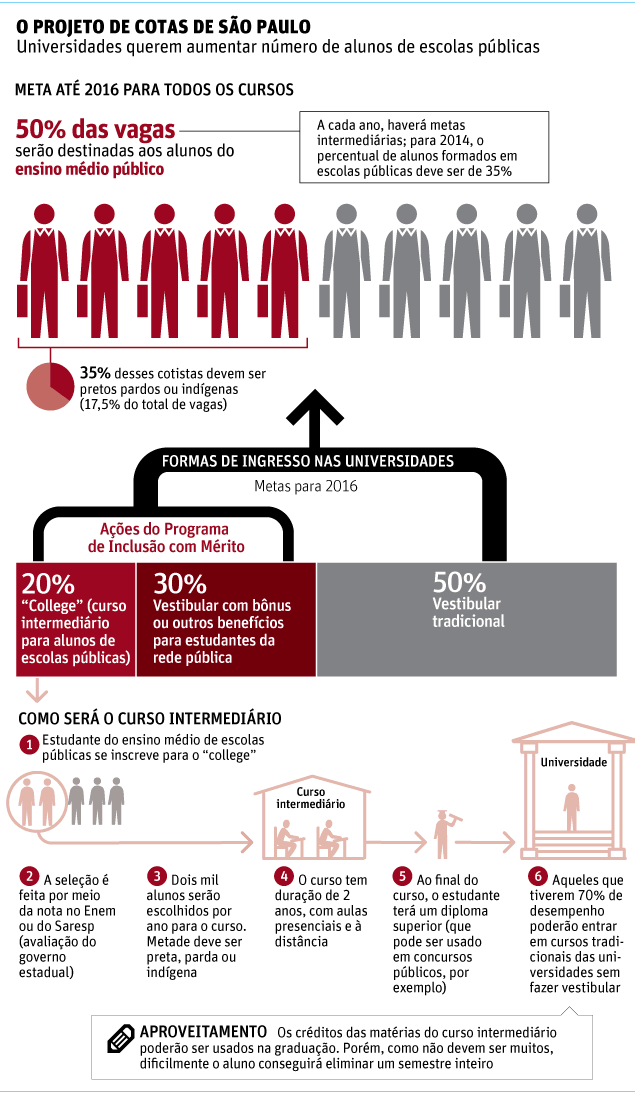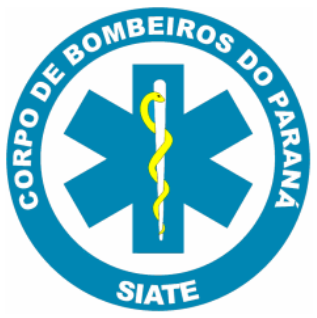Towards a conceptual framework demonstrating the effectiveness of audiovisual patient descriptions (patient video cases): a review of the current literature
BMC Medical Education 2012, 12:125 doi:10.1186/1472-6920-12-125
Published: 21 December 2012
Published: 21 December 2012
Abstract (provisional)
Background
Technological advances have enabled the widespread use of video cases via web-streaming and online download as an educational medium. The use of real subjects to demonstrate acute pathology should aid the education of health care professionals. However, the methodology by which this effect may be tested is not clear.
Methods
We undertook a literature review of major databases, found relevant articles relevant to using patient video cases as educational interventions, extracted the methodologies used and assessed these methods for internal and construct validity.
Results
A review of 2532 abstracts revealed 23 studies meeting the inclusion criteria and a final review of 18 of relevance. Medical students were the most commonly studied group (10 articles) with a spread of learner satisfaction, knowledge and behaviour tested. Only two of the studies fulfilled defined criteria on achieving internal and construct validity. The heterogeneity of articles meant it was not possible to perform any meta-analysis.
Conclusions
Previous studies have not well classified which facet of training or educational outcome the study is aiming to explore and had poor internal and construct validity. Future research should aim to validate a particular outcome measure, preferably by reproducing previous work rather than adopting new methods. In particular cognitive processing enhancement, demonstrated in a number of the medical student studies, should be tested at a postgraduate level.









